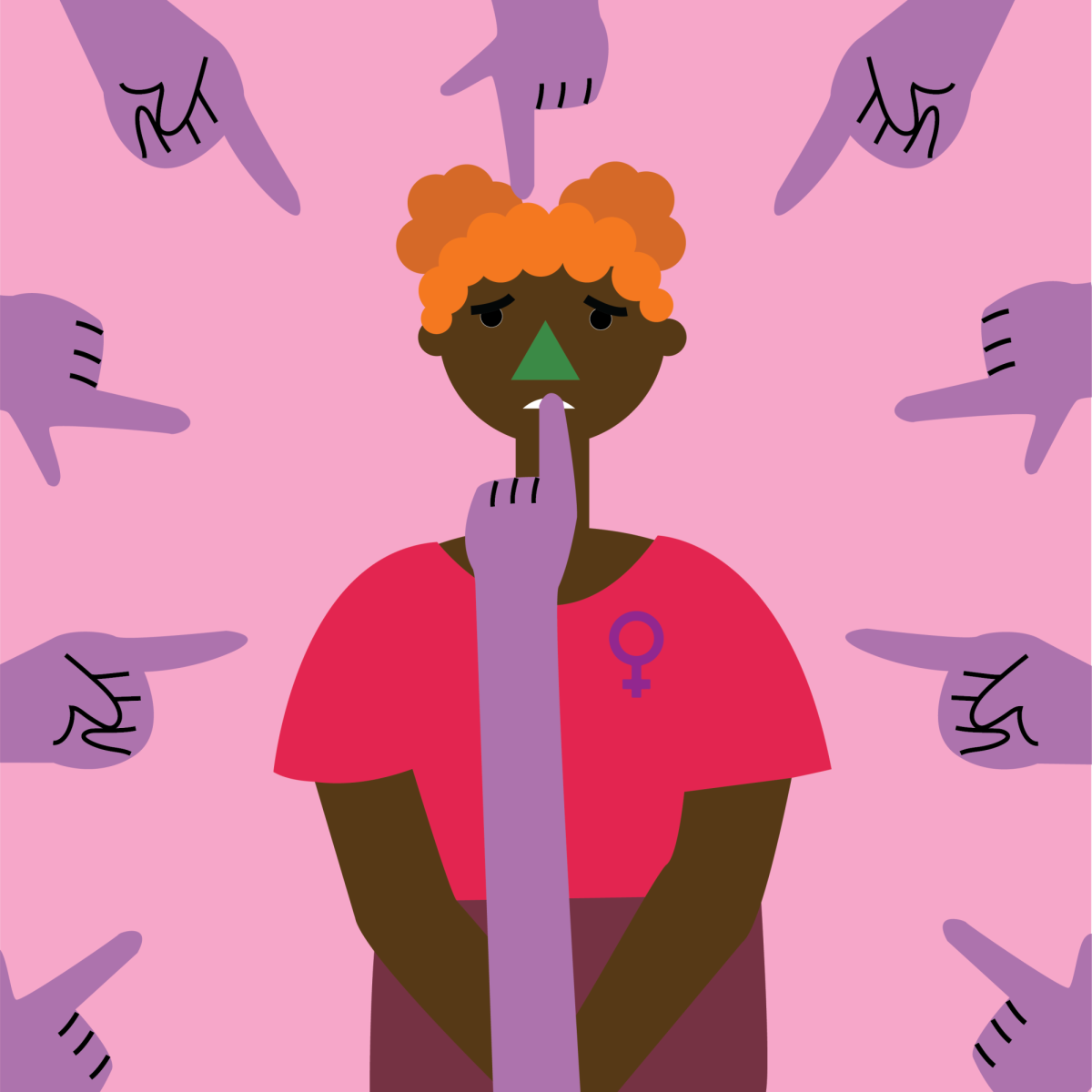Editor’s Note: This article contains mention of sexual violence and assault.
One in five college women are sexually assaulted. The statistics on violence against males are a little harder to pinpoint, but professionals estimate around six percent of males are subjected to sexual violence during their time in college. Even more horrifying, upwards of 90 percent of victims of sexual assault on college campuses don’t report it.
A likely cause of these numbers remaining so high largely has to do with the lack of education surrounding sexual assault prevention, mainly in men. A study conducted by “It’s On Us” with male college students as the subjects indicated that 45 percent of the participants had not received any sexual assault prevention training from their university.
One-third of males felt unprepared to identify or intervene in potentially violent encounters, only 34 percent had formal training on consent in their K-12 education and roughly 24 percent of the males were educated on dating, sex and relationships in school. Consequently, it is necessary to question how much the lack of education on consensual sex plays a role in the sheer amount of sexual violence on college campuses.
“It’s On Us,” who conducted the survey, is a movement which hopes to combat sexual violence among students. They believe a good starting place when it comes to educating college populations on consent are Greek Letter Organizations. While these groups are more likely to receive this information over others, it remains that these specific groups displayed “a lack of understanding of when sexual assault can occur and who can be a survivor of sexual assault,” according to their reports.
Coincidentally, it appears that the existing sexual education resources are underwhelming, in that they barely scratch the surface on the complexity of the issue.
There tend to be two extremes when it comes to this form of education. The first being victim-blaming, where the weight of the responsibility is directed towards the victim, telling them what not to wear, not to walk alone and to be constantly vigilant about every aspect of their being. This viewpoint, however, elicits a kind of guilt in women, causing them to believe that they are to blame when they get assaulted.
On the other hand, it doesn’t help if you simply tell all men that they have the capacity to do horrendous actions and speak openly against them, as this tends to lead to men tuning out these kinds of conversations if they feel attacked or targeted. Additionally, the males who themselves have been victims of sexual assault may feel misrepresented. There needs to be a reform in the education system that thoughtfully educates young adults on the present crisis of sexual violence that elicits a real response and understanding of these acts.
It is important to note that a number of acts of sexual violence take place under the influence of alcohol. If a student were to begin drinking for the first time when arriving on campus, their inebriation may lead them to cross lines they otherwise wouldn’t. Proper education has the potential to reinforce that being under the influence of alcohol in no way gives anyone the excuse or right to cross these boundaries, ever.
Another pivotal puzzle piece of this issue derives from the fact that over 90 percent of sexual assault victims don’t report the acts of violence inflicted upon them. This begs the question of whether college campuses are doing enough to create a safe environment for their students. The glaring answer is no.
The process of officially filing a Title IX can be a long and complicated avenue, as is the criminal justice system, leading many to choose not to explore these options. Furthermore, we still live in a time when it comes to “he said, she said” in women-inflicted violence; women continue not to be validated.
While acts of sexual violence like rape are the most extreme instance, there are still other forms of harassment that are just as, if not more, common within college campuses. This can include anything from catcalling, stalking, non-consensual contact and relationship violence.
This overview of misconduct and violence on campuses only touches upon the matter, as it gets much more complicated when it comes to racial, socio-economic and gender identities among victims. Regardless, all of these issues are in desperate need of being further addressed by the institutions students choose to attend.
While all of this information may scare you and lead you to distrust college campuses, there is hope in creating a system which aims to prevent sexual violence from happening. There are four approaches that researchers believe may positively impact this issue: early education, bystander interventions, assault resistance training and confidential advocates.
Especially when it comes to bystander intervention, it is important to avoid diffusion of responsibility. This means that when you witness a potential act of violence, you act even if you believe other people might take the responsibility of stepping in first.
There is a 12-hour course that can be taken about sexual coercion, in which first-year students at Canadian universities are reported to be 46 percent less likely to be sexually assaulted. However, fewer than 12 universities have implemented this strategy.
Lastly, the act of having confidential advocates allows victims of sexual violence to have a support system, should they struggle in the aftermath of the assault. An assigned confidant can advocate on behalf of the victim, should they choose to explore Title IX claims, require off-campus psychological aid or desire to look into legal actions.
There is no smoking gun when it comes to ending sexual violence, but instead real strides need to be made so that women and men alike can feel safe from physical and mental harm during their college experience. It will take everyone banding together to fight against this public health issue and recognize it as the crisis it is.



